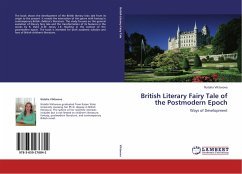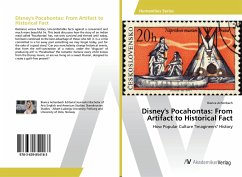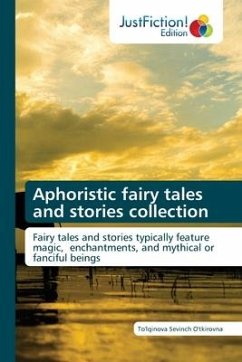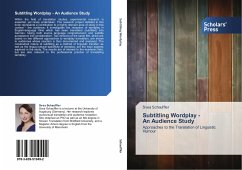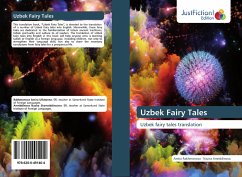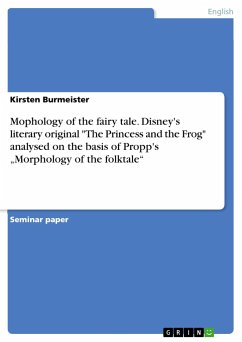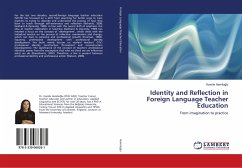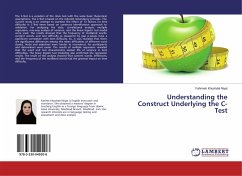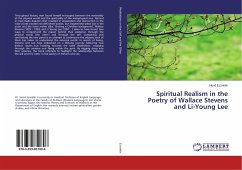
Disney's Fairy Tales: More Than Anodyne Confections
Defining the Fairy Tale Genre and Responding to Zipes' Post-Marxist Reading of Disney's Snow White and the Seven Dwarfs
Versandkostenfrei!
Versandfertig in 6-10 Tagen
41,99 €
inkl. MwSt.

PAYBACK Punkte
21 °P sammeln!
Fairy tales are amongst the most popular of literary genres for children. Their recurrent motifs, relatively fixed narrative strands and finite character roles resonate with the myriad of cultural concerns that exist around the world. However, the genre is often mistakenly classified as belonging to other literary stables. This work attempts to address this by clearly defining and delimiting the genre. Within the fairy tale corpus, there are constant retellings of the tales using various mediums; amongst these retellings, Disney's fairy tale films stand alone as being both the most popular and...
Fairy tales are amongst the most popular of literary genres for children. Their recurrent motifs, relatively fixed narrative strands and finite character roles resonate with the myriad of cultural concerns that exist around the world. However, the genre is often mistakenly classified as belonging to other literary stables. This work attempts to address this by clearly defining and delimiting the genre. Within the fairy tale corpus, there are constant retellings of the tales using various mediums; amongst these retellings, Disney's fairy tale films stand alone as being both the most popular and most criticised of all fairy tale adaptations. Leading the criticism toward Disney's films is fairy tale scholar and critic Jack Zipes. However, Zipes only presents one reading of Disney's fairy tale adaptations, that of denouncing them by applying both a historicist and post-Marxist reading to them. This works seeks to address these criticisms by providing a more nuanced reading of Disney's adaptations with a specific focus on Snow White and the Seven Dwarfs (1937). There is also an additional focus on the film's origins, development and its ability to render meaning and produce pleasure.



